Frontlist | Star Wars author's new questions about the Jedi in Into the Dark
Frontlist | Star Wars author's new questions about the Jedi in Into the Darkon Feb 18, 2021
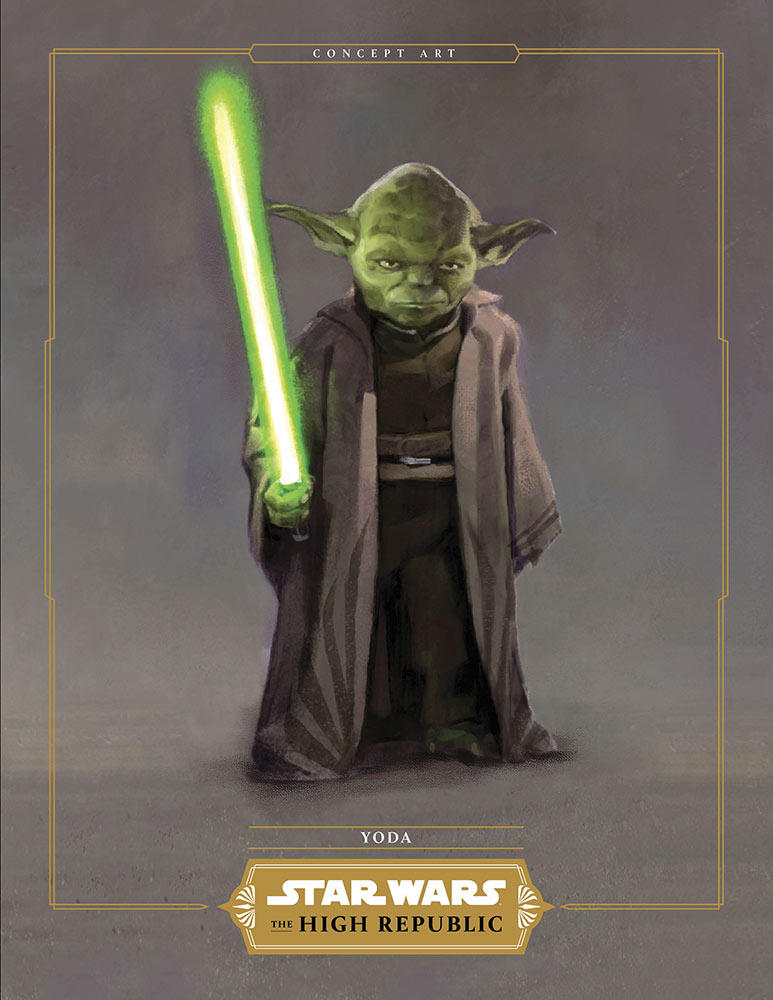
But they still face plenty of threats in the High Republic, even without the Sith
Earlier this year, Star Wars ventured into one of the few completely unexplored sections of its timeline with the new High Republic publishing initiative. The first book, Light of the Jedi introduced us to the time period between the Old Republic — which isn’t quite official Disney canon yet — and the Sith’s return in the prequel movies we’re all familiar with.
In Light of the Jedi, a transporter vessel called the Legacy Run is destroyed during hyperspace travel, sending pieces of the ship all through the galaxy and putting planets in apocalyptic danger. This event was known as the Great Disaster, and seems to be one of the defining moments of the High Republic. But while Light of the Jedi showed us some firsthand accounts of Jedi responding to the disaster, the newly released second novel in the High Republic series, Into the Dark, shows us just how large an impact the ship collision and the minefield that is now hyperspace will have on the entire galaxy.
Read More: ‘Star Wars: The High Republic- Into The Dark’ the real fun beginsIn Into the Dark, veteran Star Wars author Claudia Gray (Bloodline, Master & Apprentice) explores how the Great Disaster impacts a team of Jedi and traders who get stranded on an ancient abandoned space station and the ancient evil they find resting there. Their discoveries force them to question their understanding of the Jedi, the Republic, and even the Force itself.
On a Zoom call in February, Gray talked about her new novel, the High Republic, telling why it might have been better for some of Star Wars’ best characters if the Jedi Order had stuck to its roots.
How did the Project Luminous team end up centering this first group of novels around a disaster?
Well, it needed to feel big, and the best way to show that is by showing the impact is being felt by so many characters in so many places in so many different ways [...] By using the [Great Disaster] as a linking point, I think we’re able to be in more disparate places with more disparate characters than we might otherwise and still have it really feel like this is all part of the same story.
It’s not what a Star Wars reader might expect, but it made clear The High Republic isn’t a Jedi versus Sith story. There are other things in the universe that can also impact everything and everybody.
I think that’s a really important point. We know what we’ve known since New Hope, since Ben Kenobi told us that there are centuries or millennia of real peace under the Old Republic, and that the Jedi were the guardians of this, and the kind of wars that we are familiar with from all three trilogies are more recent aberration on what had been a really long history.
We wanted to show that a long peaceful history does not mean long and uneventful history. Just because they’re not fighting a huge galactic-scale war against a massive army with literally trillions of people in it, doesn’t mean that the Jedi don’t have a lot to do, and that the Republic doesn’t face risks, or that there isn’t a lot of adventure to be had out there.
You see more of that in Into the Dark with flashbacks to a diplomatic hostage rescue. Even though it’s a peaceful order, the Jedi still had a real purpose, and it was still a dangerous job.
Yeah, very much so. Although they are, at least at this point, not so much in lockstep with the Republic. I mean, they are part of the Republic, they want to help further the Republic, but it’s not like in the Clone Wars-era where they’re literally following Republic orders.
This Jedi Council and Order look a lot different than the one people might be familiar with from the Clone Wars. How did you want to rethink how they presented and their place in the galaxy?
We still have the Jedi Council at the temple and Coruscant, that’s still a big deal. But there are other big temples and other smaller temples. It’s not as centralized as it has become by the time of the prequels. And it’s not quite as strictly dogmatic. You see a few more differences of opinion among the Jedi about exactly the right way to conduct themselves or what the path is. It isn’t a rule that’s written down or exactly what the council said.
You even have Jedi like Orla Jareni, who is a Wayseeker, [a people] who have realized they need to sort of follow their own path for a while. And they haven’t left the Jedi Order, because then they would cease to be a Jedi, right? But they’re going out on their own, to sort of see where they’re led, and what kind of work they need to take up. Maybe that’s meditating, or maybe that’s being very much involved in helping some settlers get started. It could be pretty much anything, but they have that kind of freedom at this point where you really don’t see that in the prequel era.
I find it like, if Ahsoka Tano had been trained back in the high Republic era, I think it’s maybe more likely she might have wound up becoming a Wayseeker for a while, then stepping away, for instance. I don’t know that absolutely, but that’s the kind of thing that I mean.
Also from the very first that we see the Jedi in the prequel era, they are beleaguered. The Phantom Menace starts at the moment when Qui-Gon and Obi-Wan go from “everything is great,” to “Oh, it isn’t? It really isn’t.” That’s the moment it gets started. But before that, I think there is a greater sense of sort of competence and ease and serenity at work that maybe you can’t have if you’re embroiled in the middle of these massive wars that take place later.
Writing about the Jedi Order seems like a challenge in this story and time period — it’s both a larger body and a more political body. You also have a character like Yoda, who has existed during every known time period.
And we have Yarael, too. Yarael Poof fans have been in the corner of Star Wars fandom for so long. And their time is now!
Yeah, honestly, to me, this [Jedi Order] feels a little more natural. This feels to me like the way I imagined the Jedi more than where they are at in the prequels. That’s the point of the prequels right? The Order has become complacent, and dogmatic, and perhaps a little bit self satisfied. They’re not as flexible anymore, and they’re not allowing a lot of different paths.
And you ran into this huge problem when you have an Anakin, who can’t fit into this very, very strict mold. It’s very tempting to wonder what such a young, powerful, talented person, with such a very divergent background, how much better he might have fared at a time when the Order was more flexible in this way?
How did your understanding of Jedi relationships evolve for Into the Dark?
I would say that there’s an understanding that different Jedi are sort of working this out for themselves. And maybe the Council has guidance, right? But now we’re getting into Pirates of the Caribbean territory, you know.
As in they’re more like guidelines?
Yeah, they’re guidelines at this point.
Were there any ideas that it made it into this book that you’ve been thinking about through your other work with Star Wars but couldn’t quite find a place for in that more established time in the universe?
Not exactly. There was one thing that I got to develop a little bit more. I had brought up in Master and Apprentice the fact that Jedi, before the prequel era, going back hundreds of thousands of years, would never have expected to, in all seriousness, be in an actual lightsaber battle with anybody else.
It’s been millennia since anybody else was carrying these things around. You obviously learned how to do it, but lightsaber versus lightsaber, that would have been much more ceremonial, really, and using it as a defensive weapon, or sort of the way you see Qui-Gon use it in The Phantom Menace, to melt that door. It would have other uses that they would look to first. And I got to develop that a little more in terms of talking about Reath who is fully capable with the lightsaber, but he’s very much thinking, “Wow, did not think I’d have to do this. Here we are. OK.”
The book has other villains. What was it like to introduce and flesh out the Drengir? Is “flesh them out” a weird phrase for killer plants?
They were originally, I believe, Cavan’s [Scott] idea, his concept, and so I really wanted to touch base with him because I was like, how does this work exactly? And he made it clear they can be actually quite scary.
The thing I think I like best about the Drengir is that Star Wars is a galaxy where pretty much somebody has seen everything. Your next door neighbor is flying squid, you’ve been to a lava planet. Of course you have! You have all these incredible experiences and very little that’s actually alien. In that sense, the Drengir are alien. They are profoundly different. And you’re not ever going to be able to kind of synthesize them with the world of civilization. The Drengir don’t want it that way. That’s for sure. So getting to have, you know, something that really is alien, and apart rather than only the known, I think it has been interesting.
Something that even the Jedi could be shocked by!
Yes, exactly. I don’t really see there being a Drengir Jedi 50 years down the line. I don’t think that the plants don’t have anything to do with the meat. The walking talking meat is just weird.
They’re also another example of force-sensitive plants, which is something we’ve seen before, especially with the dark side. But is this connection different?
We know from Yoda that you can have a really evil tree. I don’t know how trees do that, is it like shedding leaves maliciously, or something? I don’t know. But we know that that can happen. And the Drengir are very, very much tied to the Dark Side of the Force.
Is that sort of related? Or is it two separate schools of plant-based force sensitivity?
I think we have got to the area of where Lucasfilm lawyers repel down on ropes.
Let’s talk about Into the Dark’s inevitable breakout character Geode. Where did the idea for that character come from?
I’m giving credit where it is due, that was actually my boyfriend’s idea. I had Leox. And he needed a navigator. And I knew that the navigator needed to be of few words, because Leox was good with words and spoke very eloquently, and sometimes extensively on his own behalf. And I didn’t want something competing with that.
But at the same time, you don’t want to just do Chewbacca again. So I was like, “What can I do? What can I do?” And Paul goes, “What if it’s a rock?” Yes! A rock. I mean, he’s not a rock. He’s a Vintian. But it’s very difficult to tell Vinitains apart from rocks, unless you’re a Vintian. Or a rock.
Some of the Jedi get Geode right away, and you get a little bit of their relationship to the Force and the Jedi Order itself from their relationship with him. Cohmac is sort of like, “I can’t empathize with this because I don’t understand it at all.” Meanwhile Orla, as a Wayseeker, just sort of goes with it and gets him right away.
Exactly, and that’s the whole point of Into the Dark. Reath going from having one very strict view of the kind of Jedi who’s going to be in the kind of life you have to lead, having this broader view. And at the end of it, he’s able to connect a little bit to Geode, he’s expanded his view of the Force itself.
That moment of understanding with Geode was Reath accepting that, “Yeah, I should go to the frontier, and I should I should let that be a part of my life.”
I’m very glad that you picked up on that, because I don’t know that anybody else is picking up on that. But that was the hope. He’s kind of had this breakthrough. He’s not exactly the Jedi that he was before. He’s still like to be sitting somewhere with a book, but wouldn’t we all?
Everyone ends in a place where they have so much left to do and so many other places to go. I assume we can expect these characters to show back up throughout the High Republic time period?
I think it’s safe to say that you will see these people again. We’re not going to keep introducing all new people in every single book. I think that would be asking a bit much. It’d be exhausting even just coming up with that many names.
Reath Silas is a top tier Star Wars name.
A fan was like “My son’s name is Silas, you should make a character named Silas.” And I was like, “I’m not gonna do that … exactly.” A first name as a last name in Star Wars means you have sort of the nonsense sound, right? But you also have familiar names used in unusual ways. Or if it’s one syllable Luke, Ben, Rey. You can have words that aren’t names like Wedge things like that. [Silas] works as a last name. I hope that guy reads this book.



.jpg)






.jpg)

.jpg)
.jpg)
.jpg)
.jpg)
.jpg)


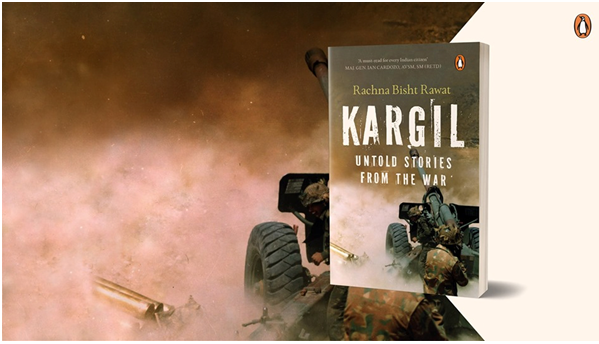
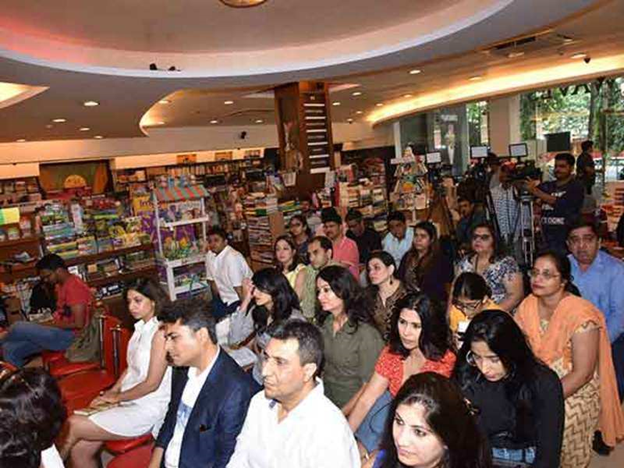

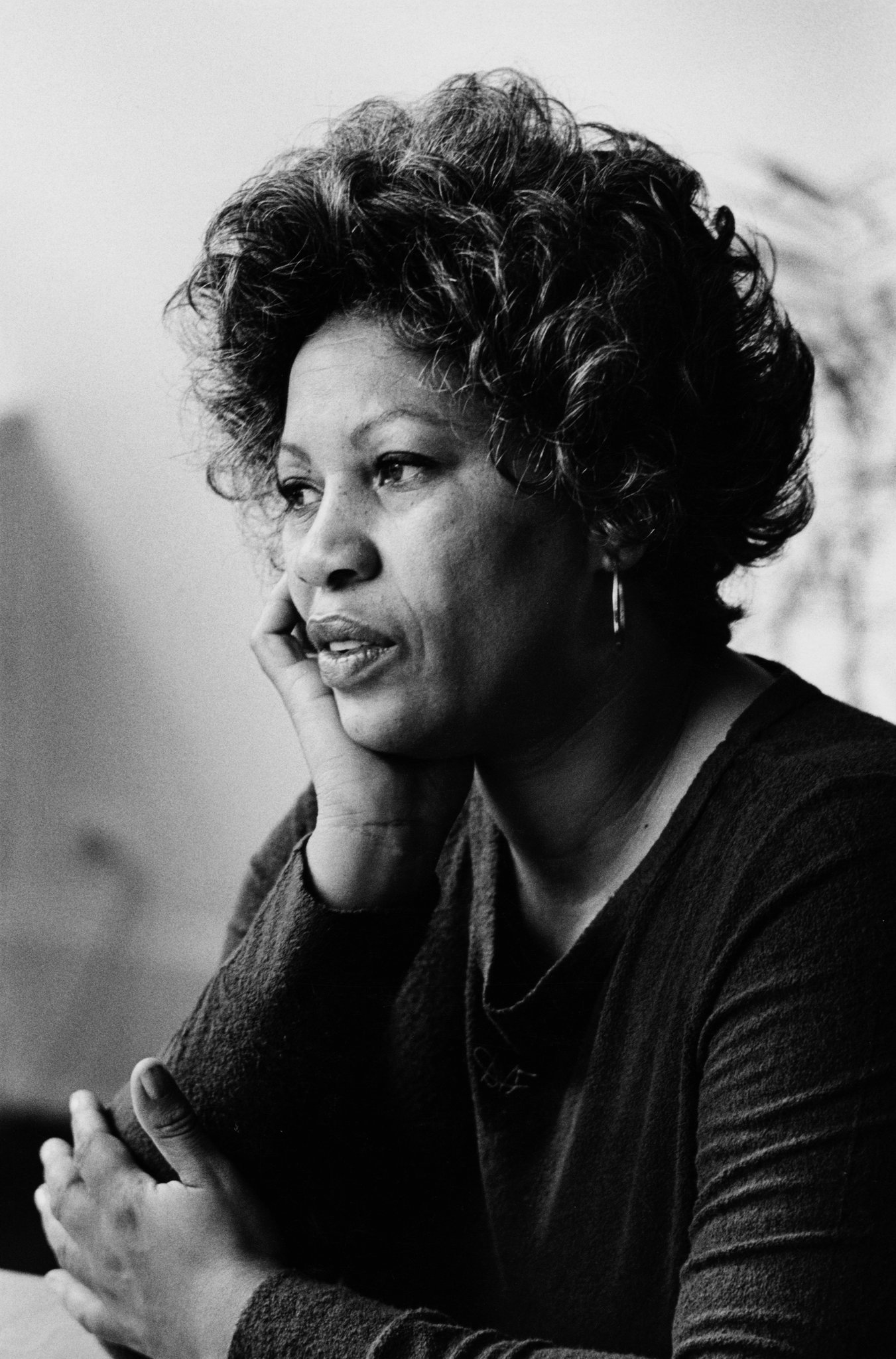
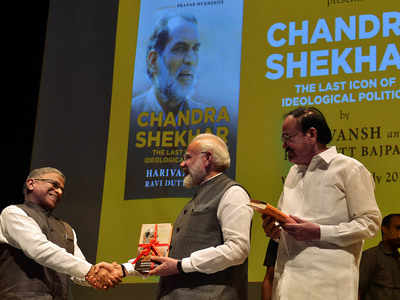

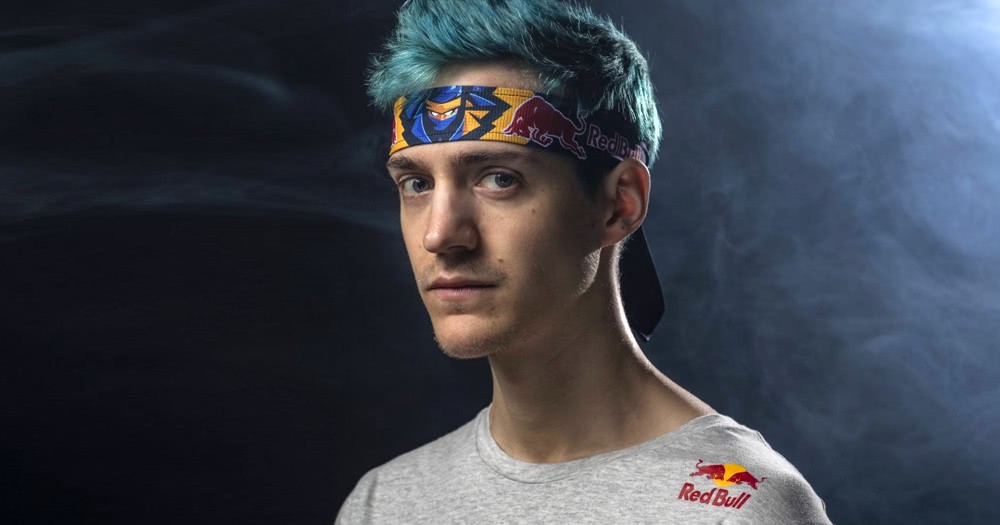
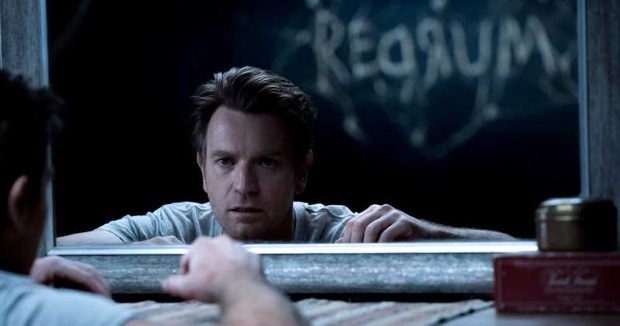
Sorry! No comment found for this post.